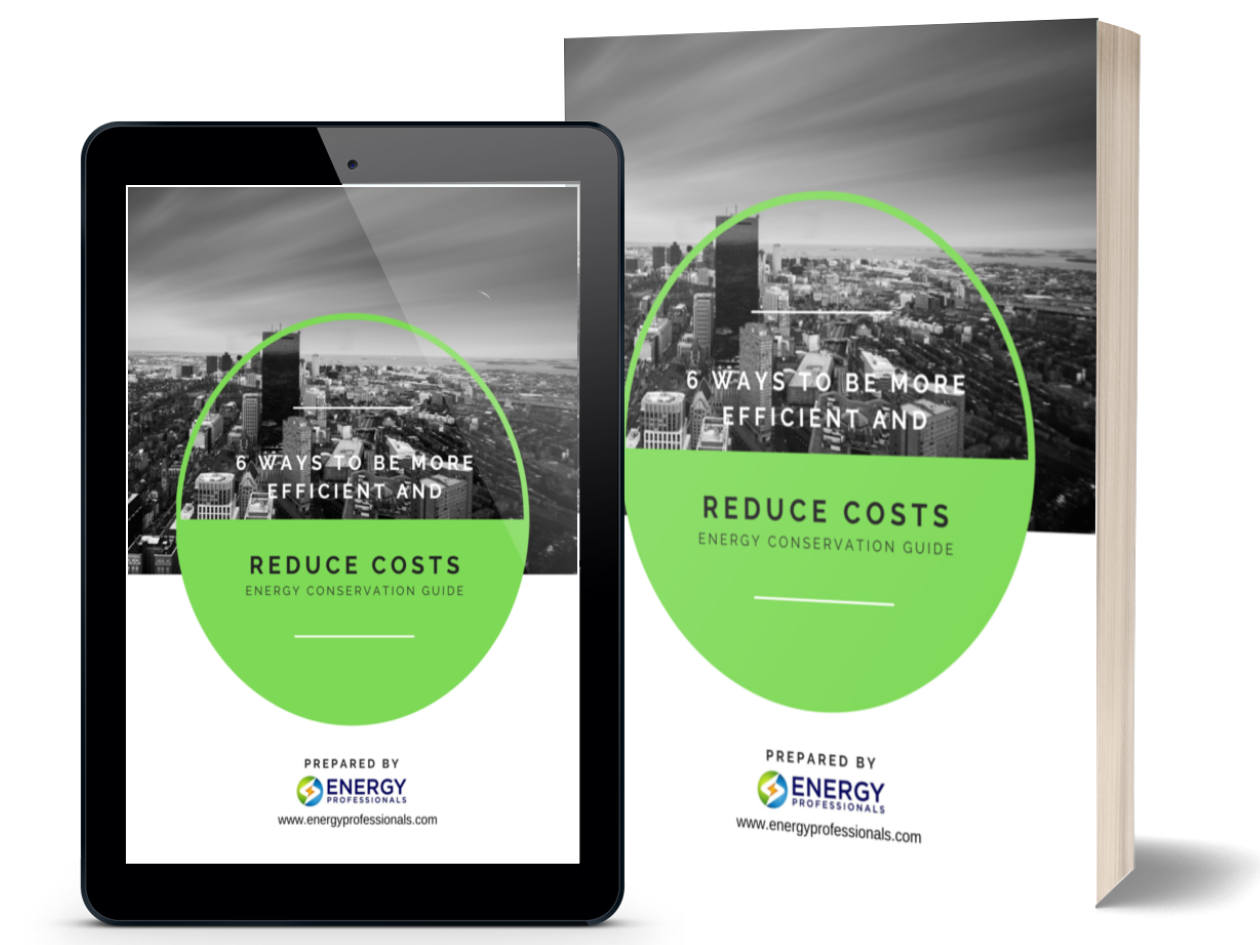What’s My Carbon Footprint?
What Is a Carbon Footprint? There’s a lot of talk about Global Warming, Climate Change, Renewable Energy and so on.

What Is a Carbon Footprint? There’s a lot of talk about Global Warming, Climate Change, Renewable Energy and so on.
There’s a lot of talk about Global Warming, Climate Change, Renewable Energy and so on. So let’s start with a basic concept: Your Carbon Footprint.
When we say your “carbon footprint” we actually mean your “carbon-dioxide” footprint. Meaning; how much carbon-dioxide is being created by your company, your home and so on.
So what’s carbon-dioxide? Let’s do a quick two-second recap:
Carbon dioxide is a naturally occurring gas in our air. It’s a byproduct of our metabolic process–we (along with other living, breathing things) add CO2 to the air every time we exhale. Burning fossil fuels also adds carbon dioxide to the atmosphere.
So if it’s naturally occurring, why are we so worried about it? And, is it harmful?
Well, in small amounts carbon dioxide is unavoidable, in fact we breathe it in with every breath we take. Our bodies are designed to breathe it out and trees, plants and even marine-life are designed to turn it back into fresh air and oxygen.
But per scientists, an excess of carbon dioxide can pose a problem. Carbon dioxide usually comes up in conversations about Climate Change because it traps heat in the atmosphere–too much CO2 in our air and causes global temperatures to rise.
When you start adding up the numbers, you can see how it starts to be a problem. So let’s just look at a few simple stats that can help us better understand the U.S. carbon footprint which will start to explain why so many states are adopting renewable portfolio standards and setting very steep renewable energy goals.
1 person, through breathing, emits about two tons of CO2 emissions in a single year. In an earlier article, we mentioned that it takes about 6 trees to recycle that much CO2 and turn it back into oxygen. Not so bad.
But we now need to factor in other factors that produce way more CO2 than humans and at a much faster rate. One of the biggest offenders being plants that burn coal and fossil fuels to make energy.
Out of all the countries in the world, current data to hand shows that the United States is the world leader in terms of carbon dioxide – AKA CO2 – emissions from electrical production, emitting 2.79 billion tons, followed by China at 2.66 billion tons and Russia a distant third at 661 million tons. If you’re interested to see how much CO2 emissions your local or a nearby coal plant produces, here is an online database of most coal plants and how much pollution they create.
Let’s take that figure, 2.79 billion tons, ITS A LOT! That means U.S plants that burn coal and fossil fuels to make electricity produce the same amount of bad emissions as 1,400,000 humans do in a year.
Add to that, other sources of CO2 emissions like live stock that create 14% of all the U.S. CO2 emissions and you start to see the problem.
Now that you have a bit of the bigger picture, let’s take this back down to size. Ask yourself, what is my carbon footprint?
Your carbon footprint is a calculation of how much carbon-dioxide you emit based on how much energy you use, how much you drive your car (unless it’s electric) and so on.
Many online carbon footprint calculators have been created to help you figure out your footprint, here is one you can try: CLICK HERE
To find out more about what you can do to reduce your carbon footprint, as a company or even as a home, we’ve written more articles on the subject.


Don't have one? You can get one by calling us at 855-4-PKIOSK.
Energy Professionals is committed to finding its customers the best possible rates on electricity and natural gas. Tell us your location and service type and our energy manager will connect you to the most competitive offers.
Switching to an alternate supplier is easy. There is no chance of service disruption, and you'll continue with your current utility for energy delivery and emergency service. Take a few minutes to discover your best offers, and enjoy the benefits of retail energy in your home or business.
1. Energy Type
2. Service Type
3. Zip Code
4.Local Company
5.Zone
We believe that knowledge is power. Here’s a free e-book that provides business solutions to reducing energy costs.
Download E-Book Free Energy Audit




